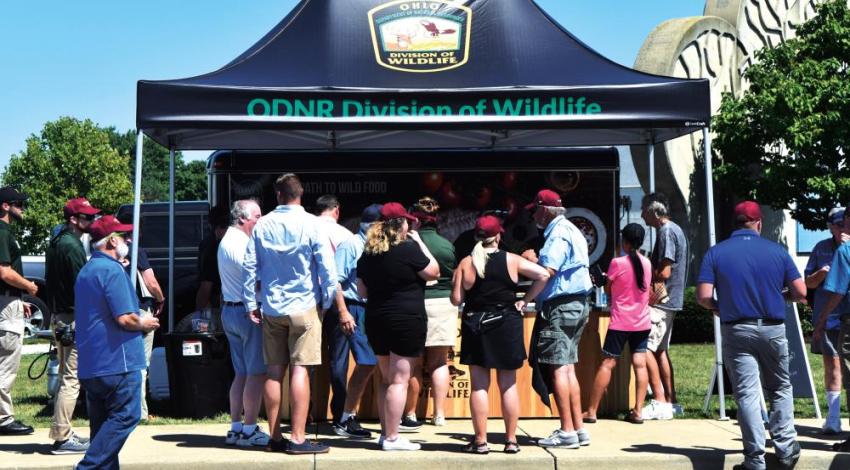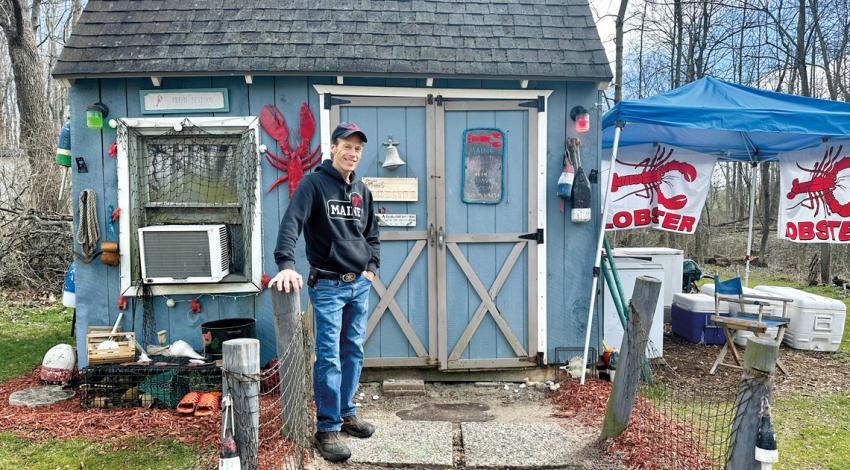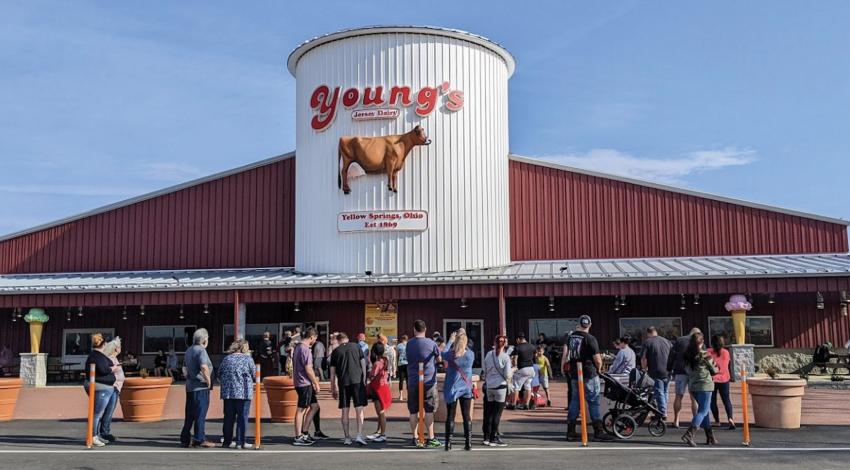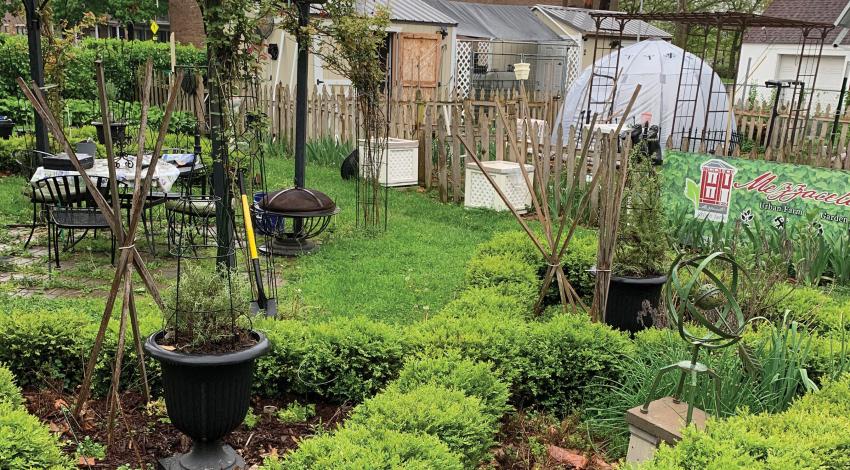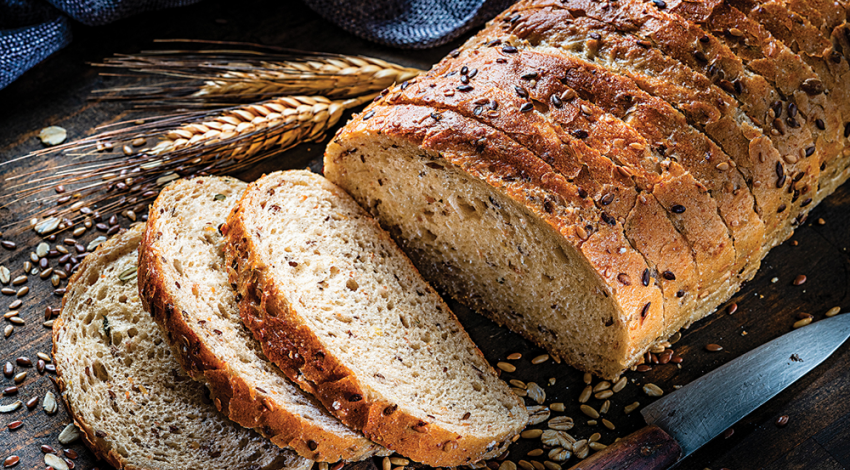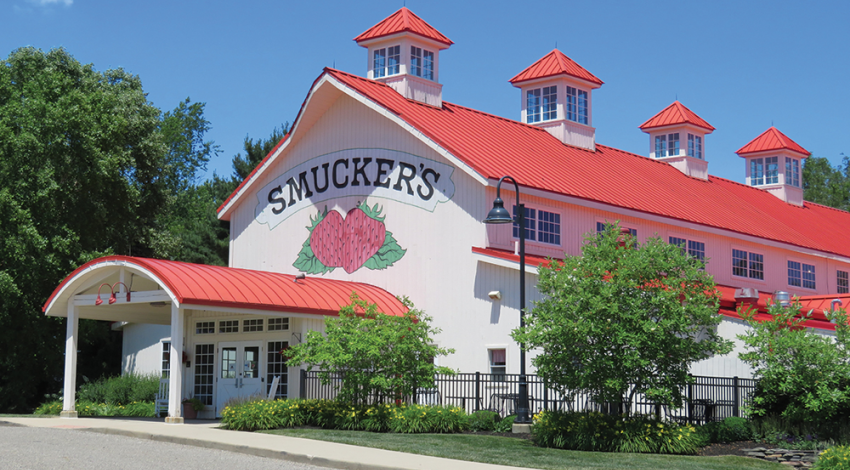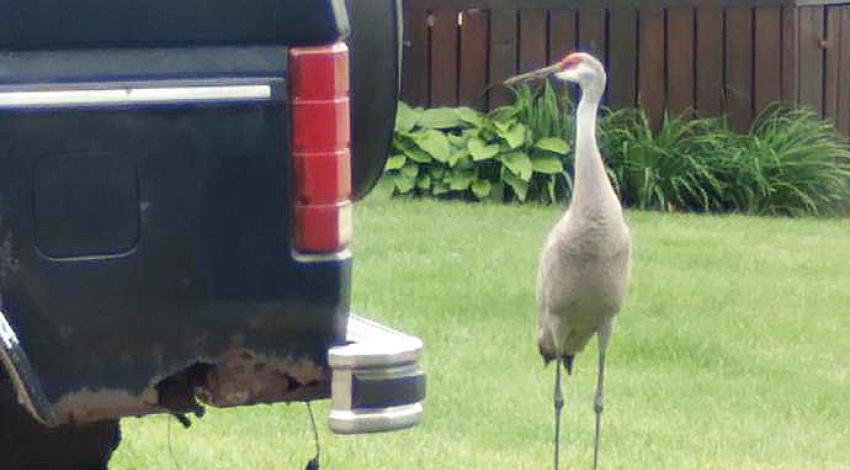Kendra Wecker, chief of the Ohio Department of Natural Resources’ wildlife division, swears she’s not trying to put any food trucks out of business.
The kitchen and its chefs cook and serve up free food created with wild-harvested Ohio game, including fish, fowl, and other critters. And Ken Fry, ODNR outdoor skills specialist, says it all began when he was cooking up such treats from the bed of a pickup truck with a pop-up tent at a Jefferson County farmers market a while back.
“It was so well-received that I presented the trailer idea to my supervisor and he liked it and said, ‘Let’s go with it,’” Fry says.
